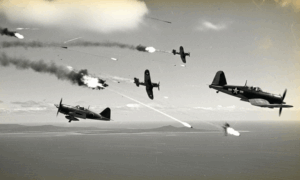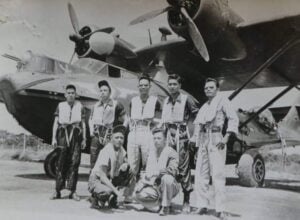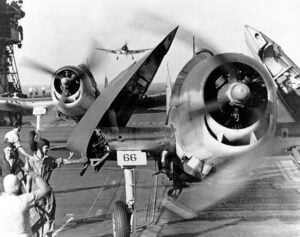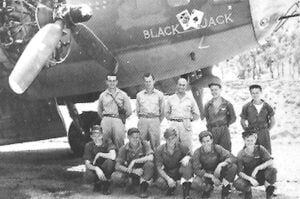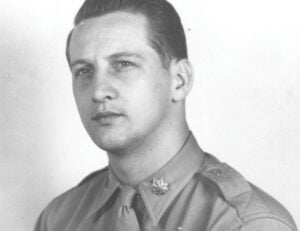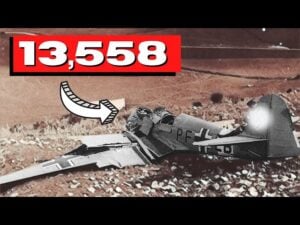The ME 262’s Strangest and Deadliest Variants
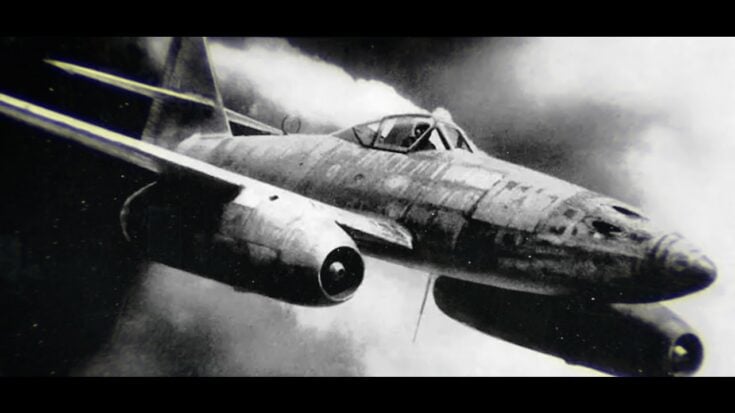
YouTube / Australian Military Aviation History
The Messerschmitt Me 262 wasn’t just the world’s first operational jet fighter—it was also one of WWII’s most heavily modified aircraft. As Germany scrambled for technological dominance late in the war, engineers turned the Me 262 into a platform for wild experiments and fearsome firepower. From massive cannons to rocket-powered interceptors, here are the strangest and deadliest Me 262 variants ever built.
The Bomber Killer: Me 262 A-1a/U4 “Pulkzerstörer”

This variant took the already fearsome Me 262 and turned it into a heavy bomber hunter. Instead of four 30mm cannons, the U4 was armed with a single 50mm Rheinmetall BK 5 autocannon, designed to tear through Allied bombers like the B-17 from beyond their defensive range. In theory, it could destroy a bomber with just one or two shots. Only a handful were built, and while impressive on paper, the recoil and rate of fire limited its effectiveness.
The Six-Gun Monster: Me 262 A-1a/U5
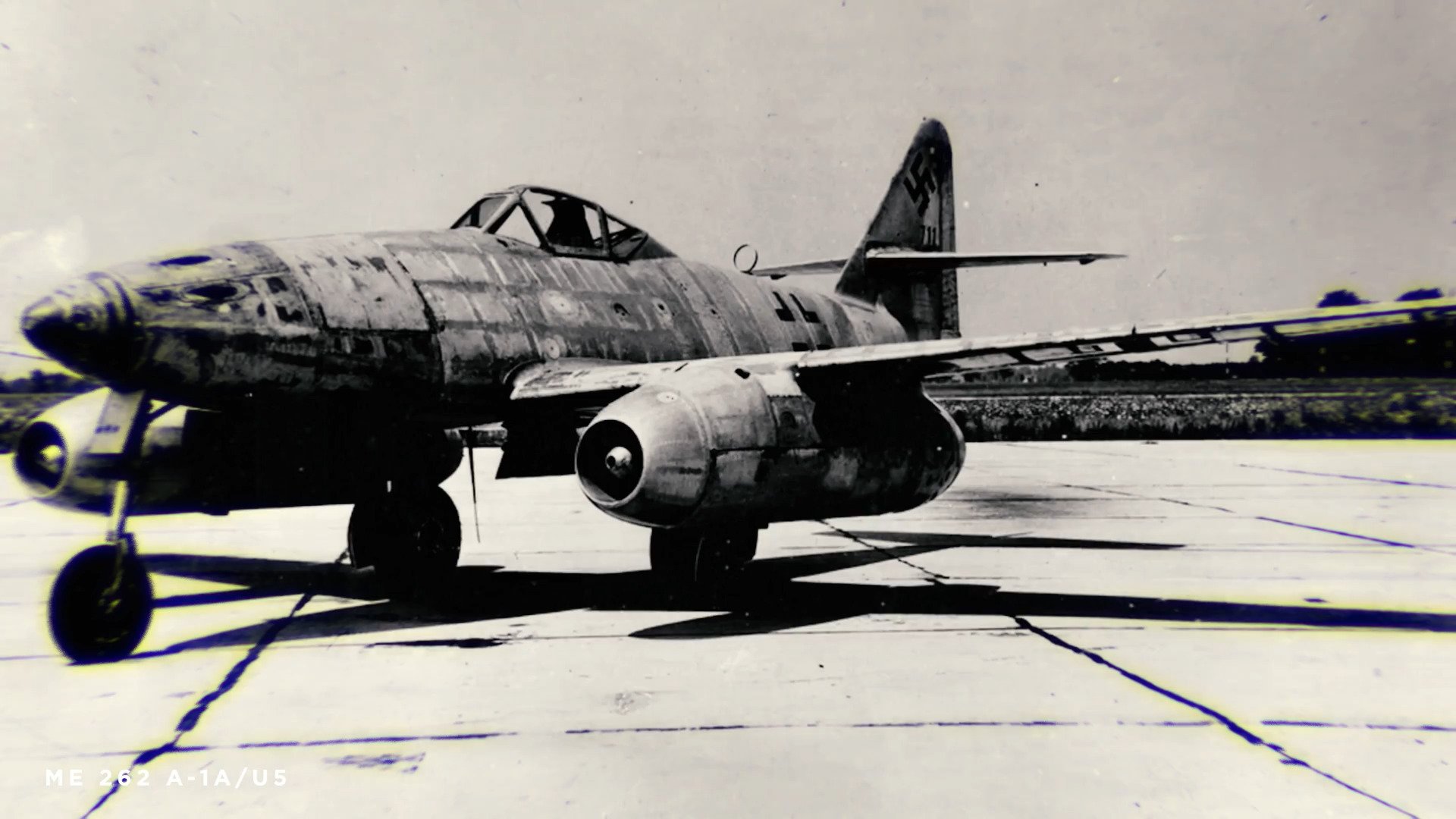
Armed with six 30mm MK 108 cannons in the nose, the U5 variant was one of the most heavily armed fighters of the war. This overwhelming firepower came at the cost of added weight and reduced agility. It’s unclear if it was ever used in combat, but one prototype reportedly flew operationally. If it had entered full service, it might have been the deadliest jet interceptor of its era.
The Night Stalker: Me 262 B-1a/U1
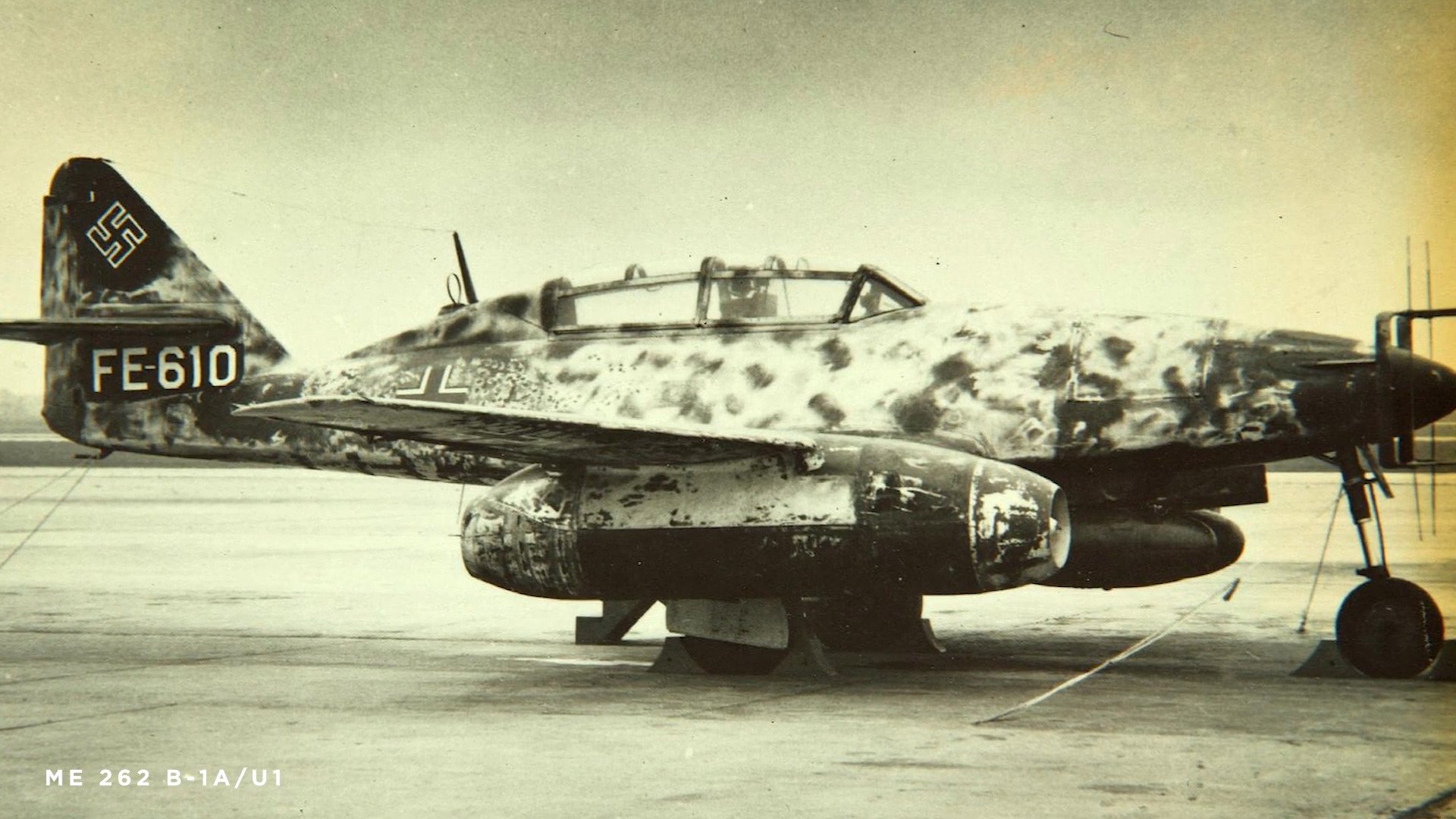
The Germans also experimented with turning the Me 262 into a night fighter. The B-1a/U1 featured a second seat, SN-2 radar, and the distinctive “antler” antenna array. Armed with four cannons, this fast night hunter could engage bombers under cover of darkness—but the drag from its external radar reduced performance. It paved the way for the more advanced B-2a, which hid its radar internally and mounted upward-firing guns to attack from beneath enemy bombers.
Rocket-Powered Interceptors: Me 262 C-Series
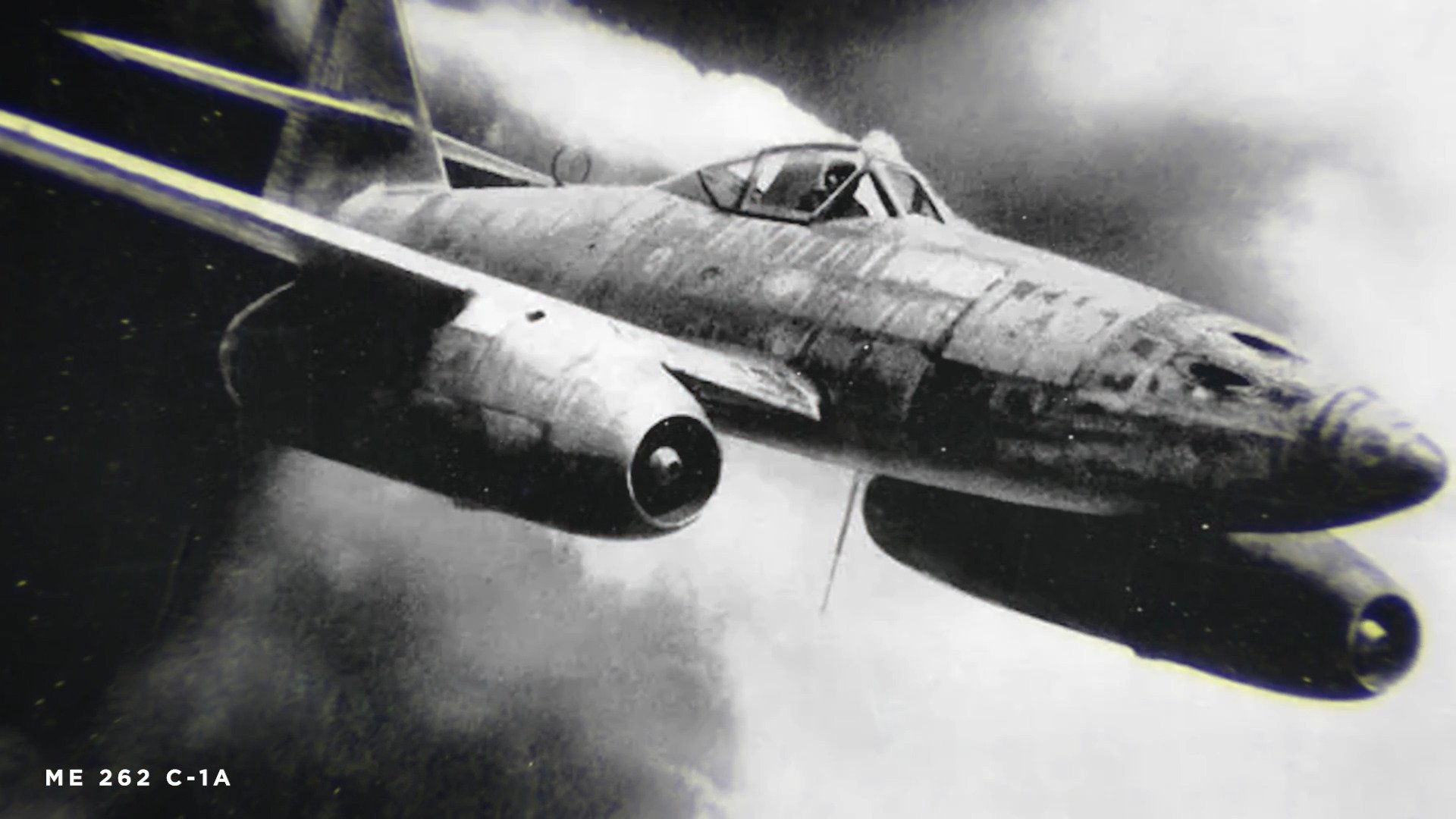
The desperate push for speed led to hybrid-powered Me 262s. The C-1a added a Walter rocket engine in the tail to boost speed during climbs. One reportedly shot down a P-47 Thunderbolt during a test flight. Other experimental models like the C-2b and C-3a combined turbojets and rockets, aiming to intercept high-altitude bombers before they reached German cities. These were fast, dangerous, and volatile—often testing the limits of both aircraft and pilot.
The Glider Bomb Rig: Deichselschlepp
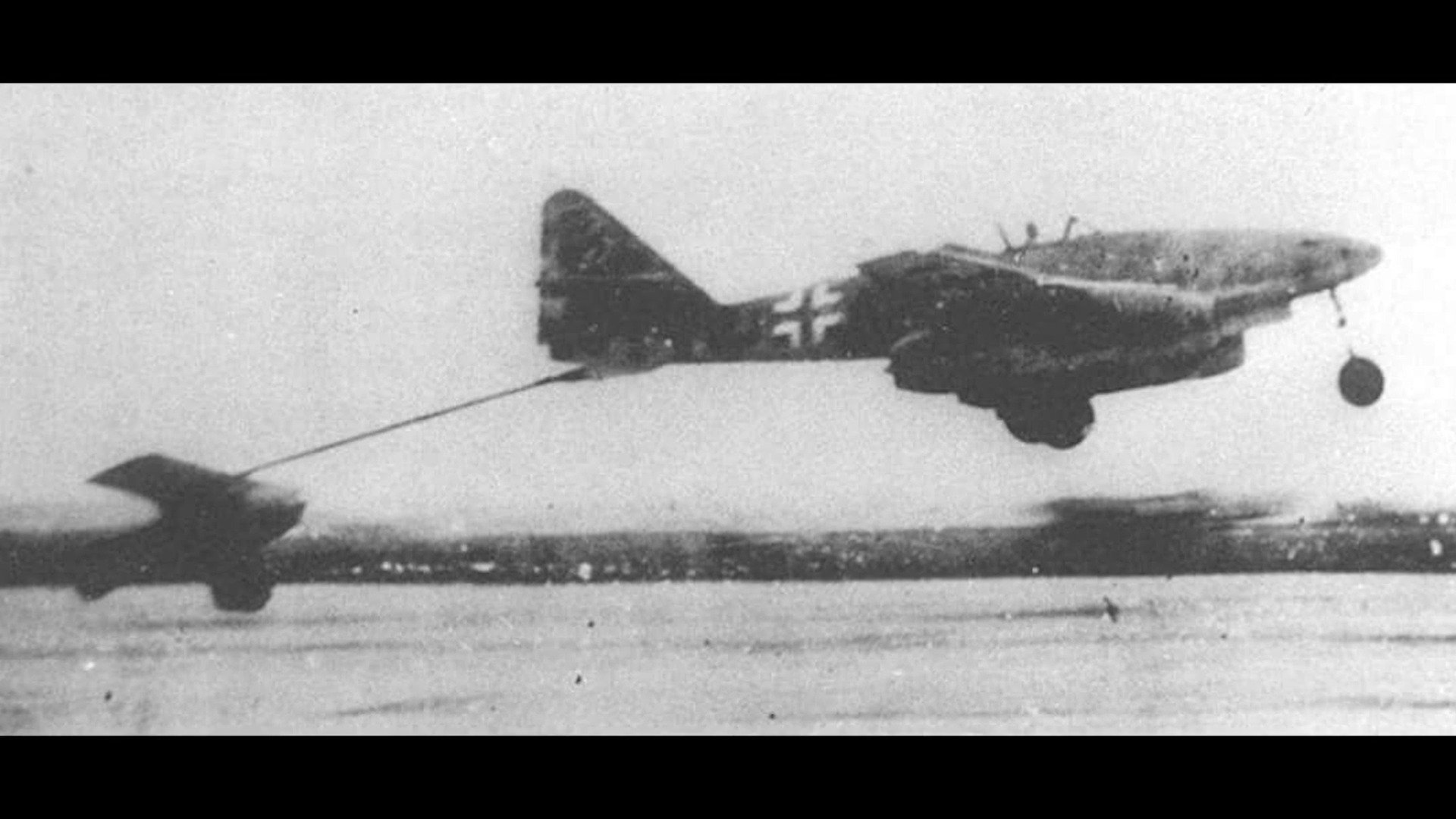
One of the strangest Me 262 experiments was the Deichselschlepp, a towed glider-bomb or refueling rig. Carried into the air beneath a Me 262 using a wheeled dolly, this device could be released and guided toward a target using the pilot’s standard gunsight. When loaded with a 1,000 kg bomb, it proved unstable and nearly killed test pilot Gerd Lindner—who believed the concept could have worked with more development time.
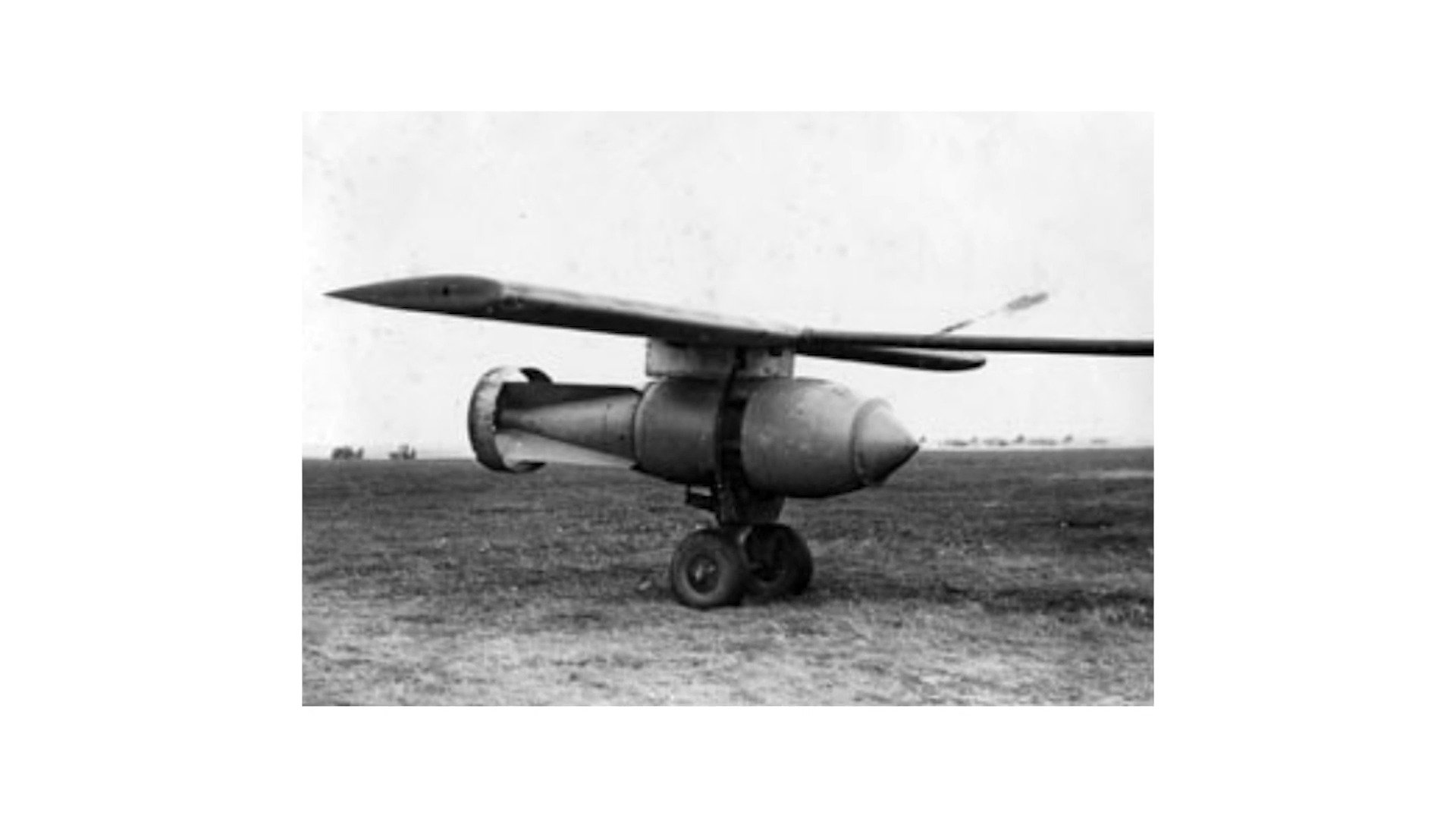
Postwar Ghosts: Pulsejets, Ramjets, and Czechoslovakian Revivals
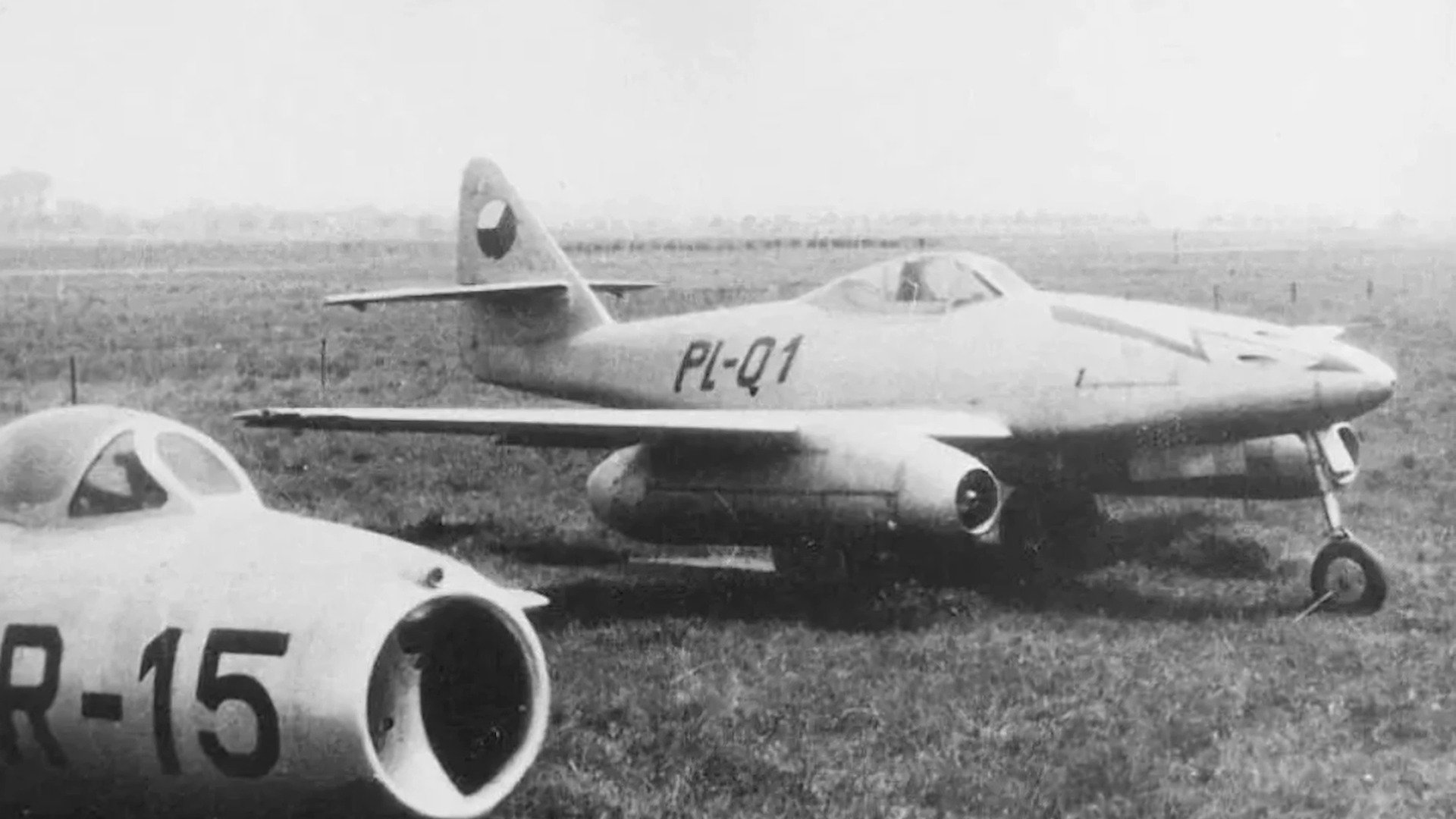
In the final days of the war, designers proposed bizarre Me 262 variants with pulsejet engines, like the V-1 buzz bomb, and even ramjet-powered designs like the Me 262 Lorin. None flew. After the war, Czechoslovakia built a handful of Me 262s from leftover parts and dubbed them S.92 and CS.92—a strange second life for Hitler’s most advanced fighter.














